Sump Pump Installation in Basements, Crawl Spaces, and Exterior Drainage
Sump Pump Installation in Basements, Crawl Spaces, and [...]
Sump Pump Installation in Basements, Crawl Spaces, and Exterior Drainage
Sump pumps are an essential component of any home’s waterproofing system, helping to prevent water damage and flooding in basements, crawl spaces, and other areas prone to excess moisture. In this article, we will explore the various types of sump pumps and their installation requirements, as well as the benefits of installing a sump pump in your home.
Types of Sump Pumps
There are two main types of sump pumps: pedestal and submersible. Pedestal sump pumps are mounted on a pedestal above the sump pit, while submersible sump pumps are designed to be submerged in the water in the pit. Submersible sump pumps are typically more expensive than pedestal pumps, but they are also quieter and more efficient.
Another consideration when choosing a sump pump is the power source. Most sump pumps are powered by electricity, but some are also available with a battery backup system to ensure they continue working even in the event of a power outage.
Installation Requirements
The first step in installing a sump pump is to determine the location of the sump pit. The pit should be located in the lowest point of the basement or crawl space, or in an exterior drainage system. The pit should be dug deep enough to accommodate the sump pump and its discharge pipe, which will typically be around 18-24 inches deep and 18 inches in diameter.
Once the pit has been dug, it should be lined with a layer of gravel to prevent the pump from sucking up any debris or sediment. The sump pump should then be installed in the pit, with the float switch or sensor positioned at the correct height to activate the pump when the water level rises above a certain point.
The discharge pipe should be installed next, extending from the sump pump to the outside of the house. The pipe should be sloped away from the house to ensure proper drainage and prevent water from flowing back into the pit. A check valve should also be installed on the discharge pipe to prevent water from flowing back into the pit when the pump is not in use.
Finally, an exterior discharge line should be installed to direct water away from the house’s foundation. The discharge line should be sloped away from the house and should terminate in a location where the water can be safely dispersed, such as a dry well or drainage ditch.
Benefits of Sump Pump Installation
Installing a sump pump in your home offers a number of benefits, including:
- Preventing water damage and flooding in your basement or crawl space
- Protecting your home’s foundation from water damage
- Reducing the risk of mold and mildew growth
- Protecting your belongings from water damage
- Providing peace of mind during heavy rainstorms or periods of heavy snowmelt
Overall, installing a sump pump is a wise investment for any homeowner looking to protect their home and belongings from water damage. By choosing the right type of sump pump and ensuring proper installation and maintenance, you can enjoy the benefits of a dry, safe, and healthy home for many years to come.

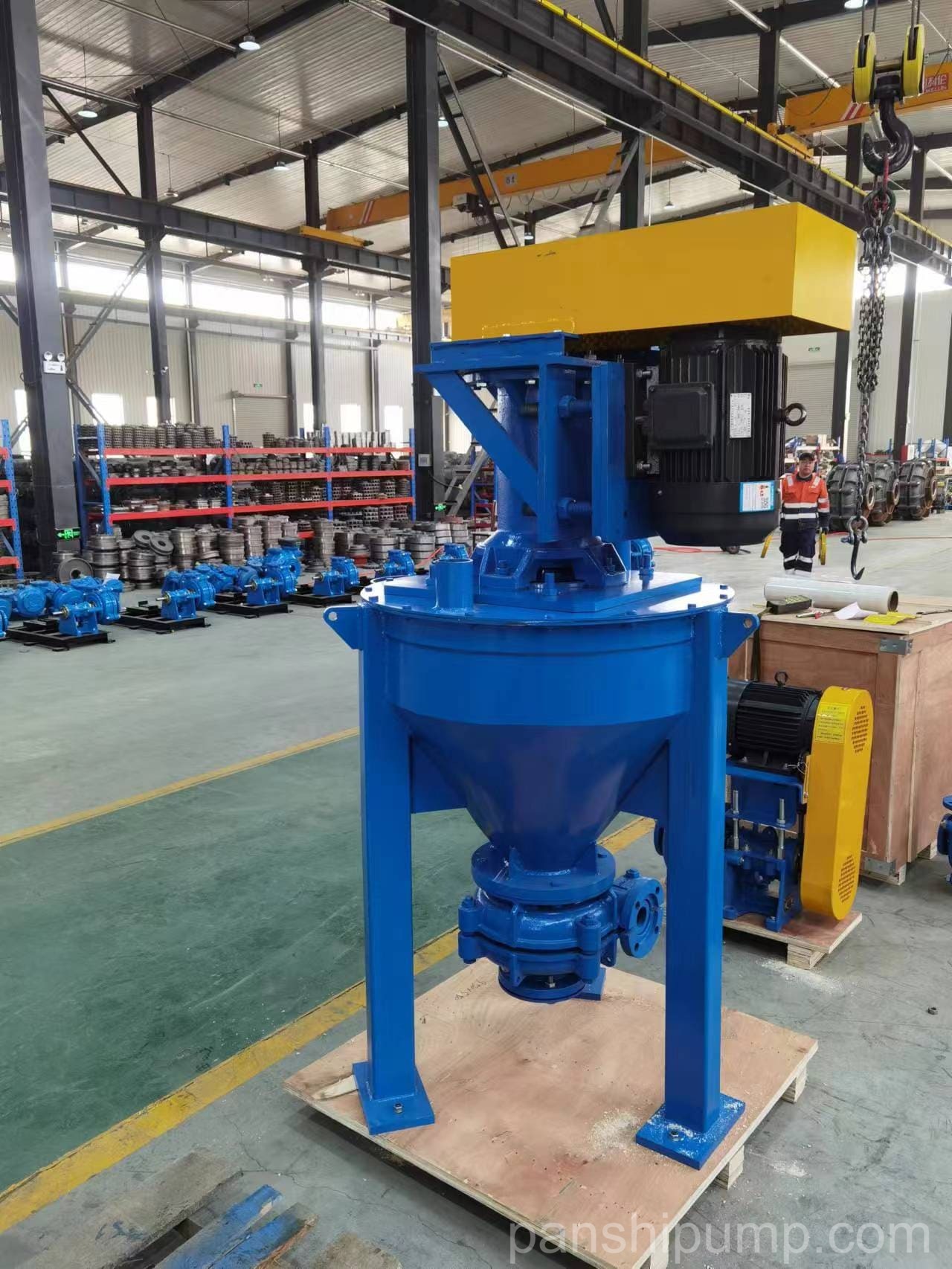
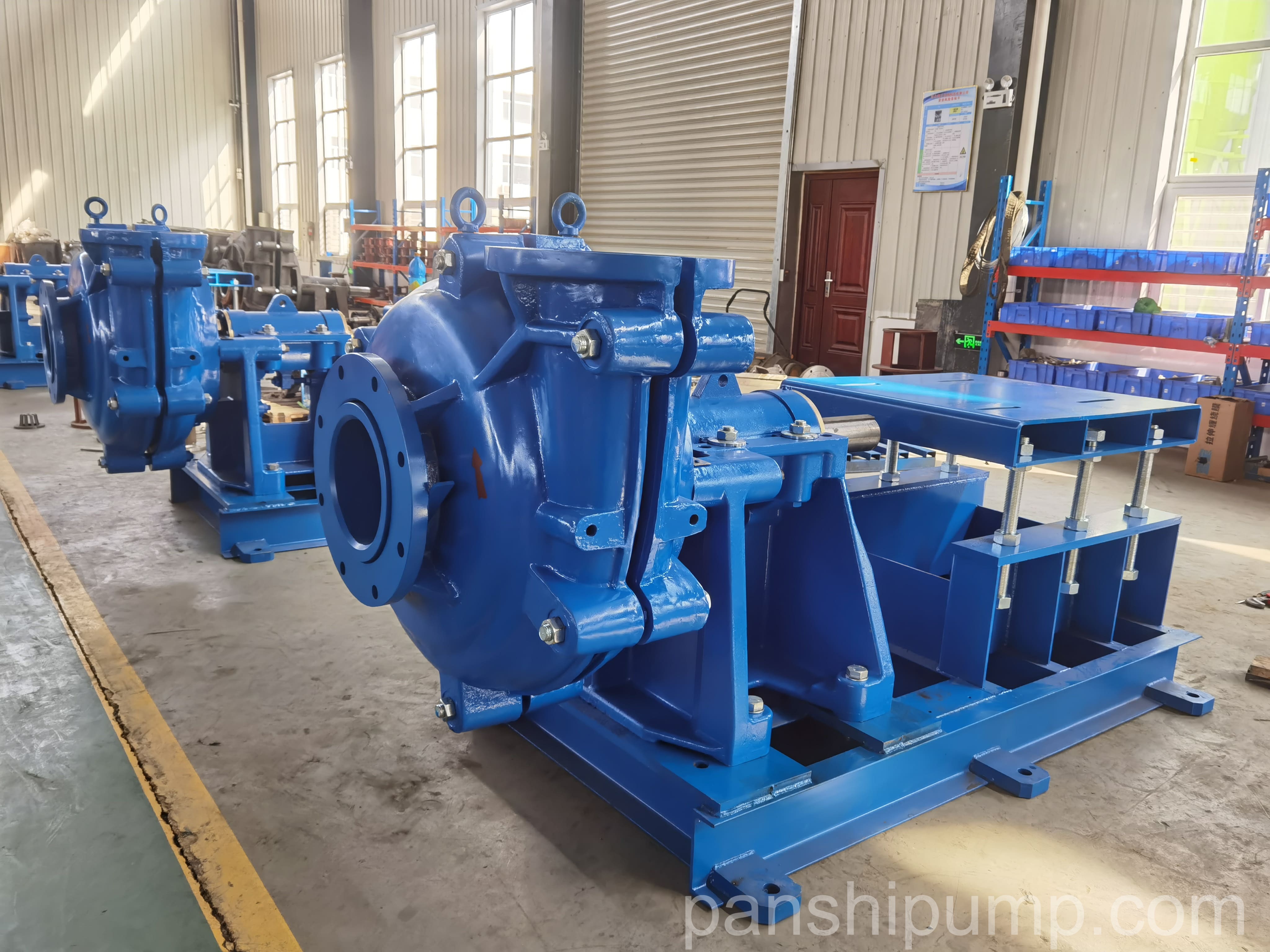
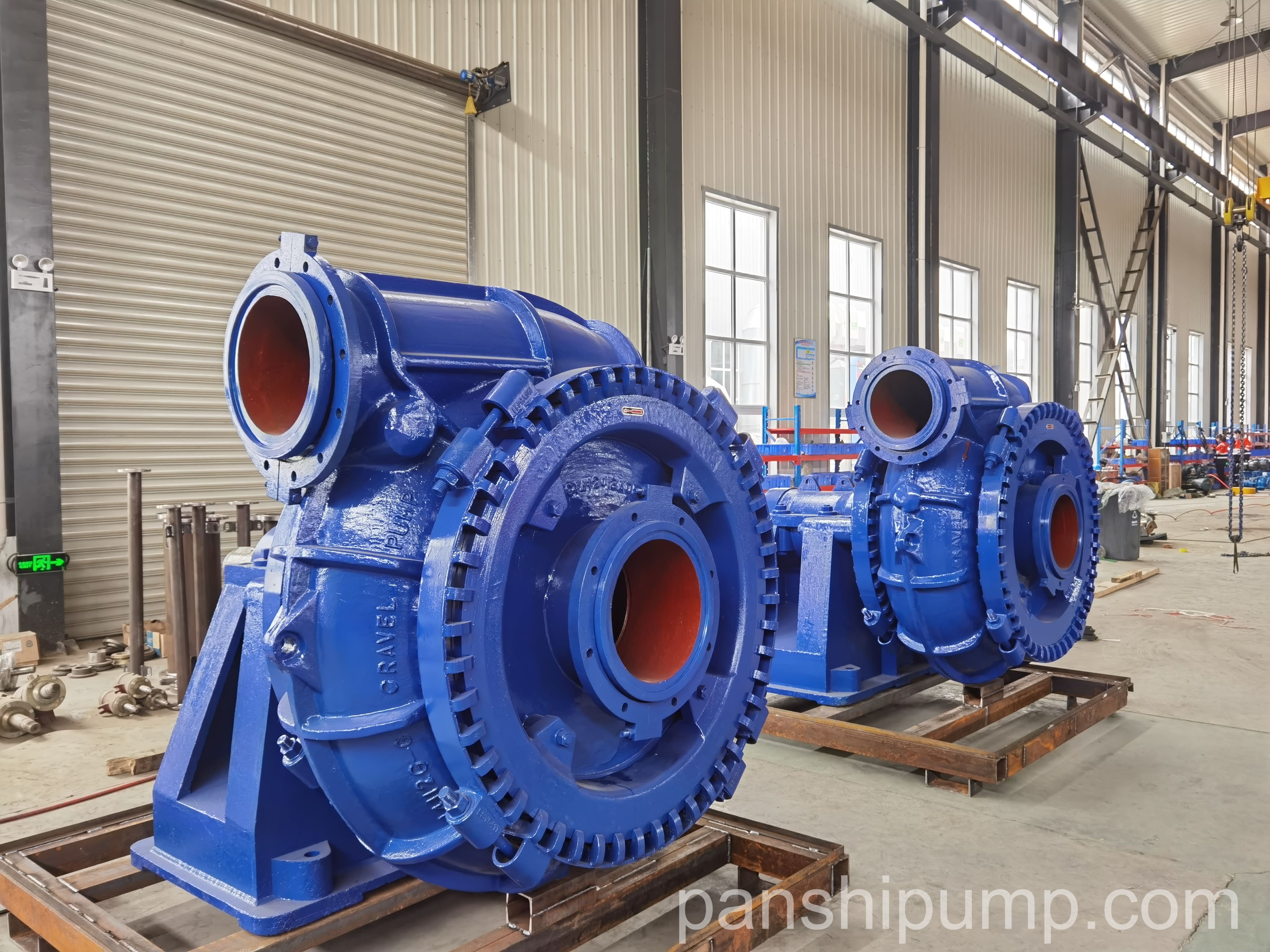
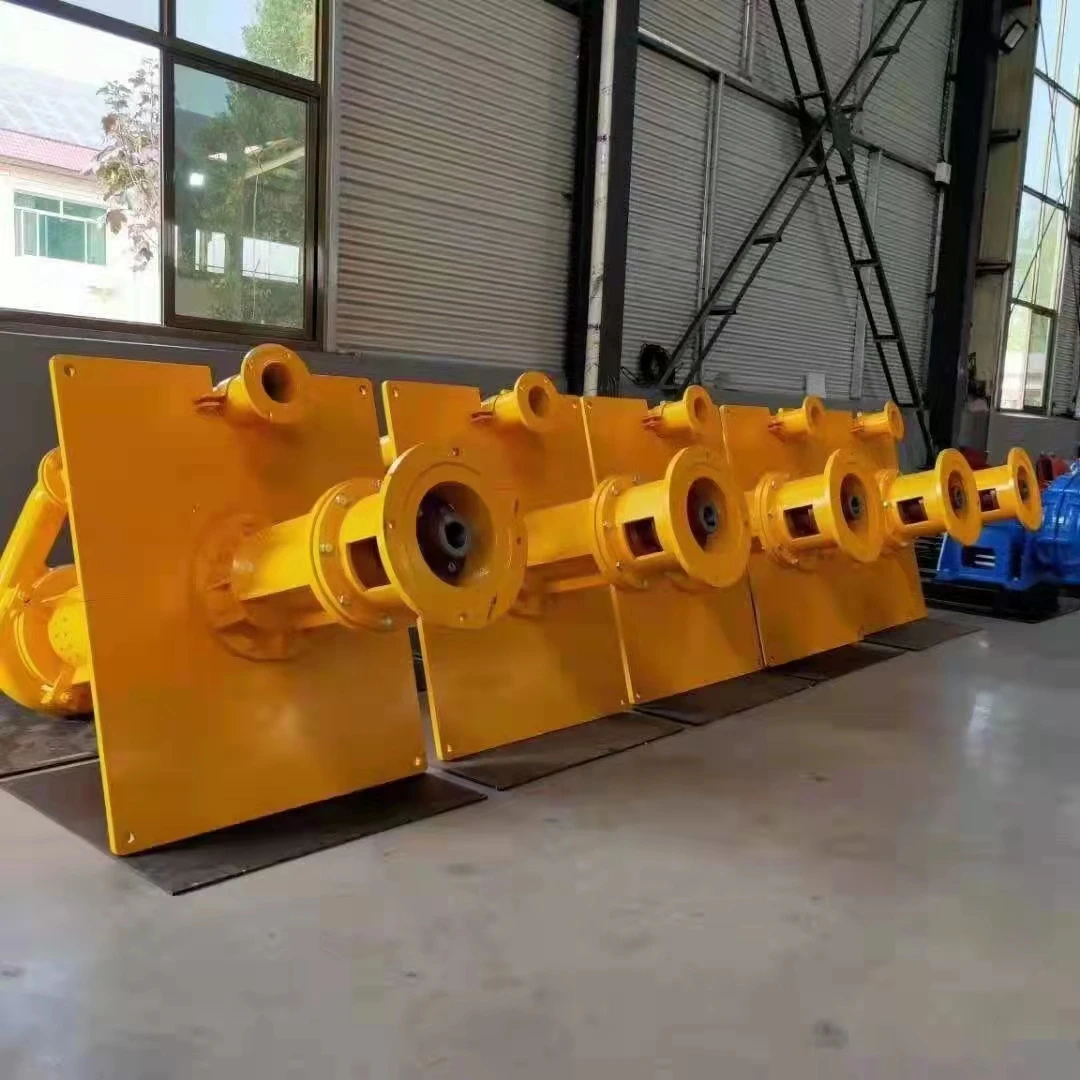
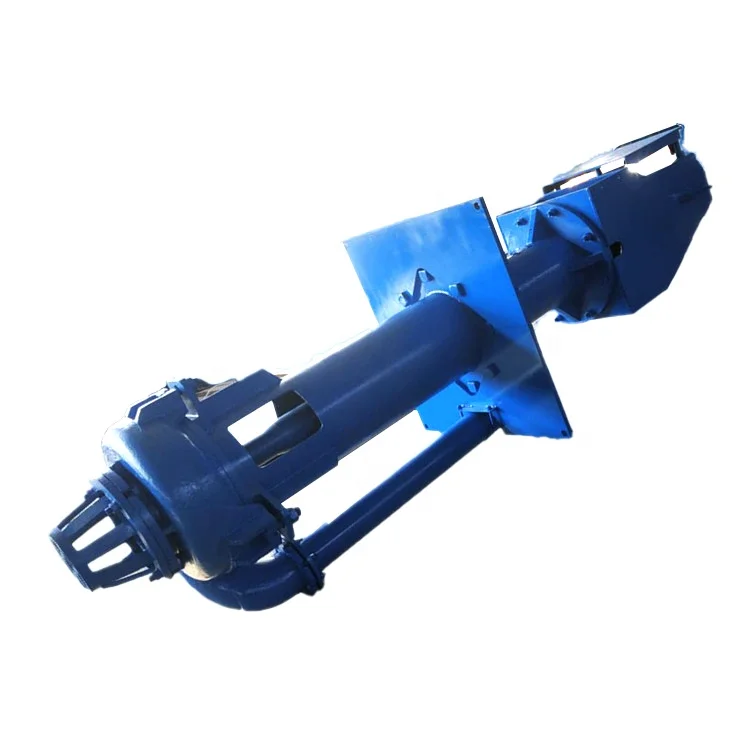
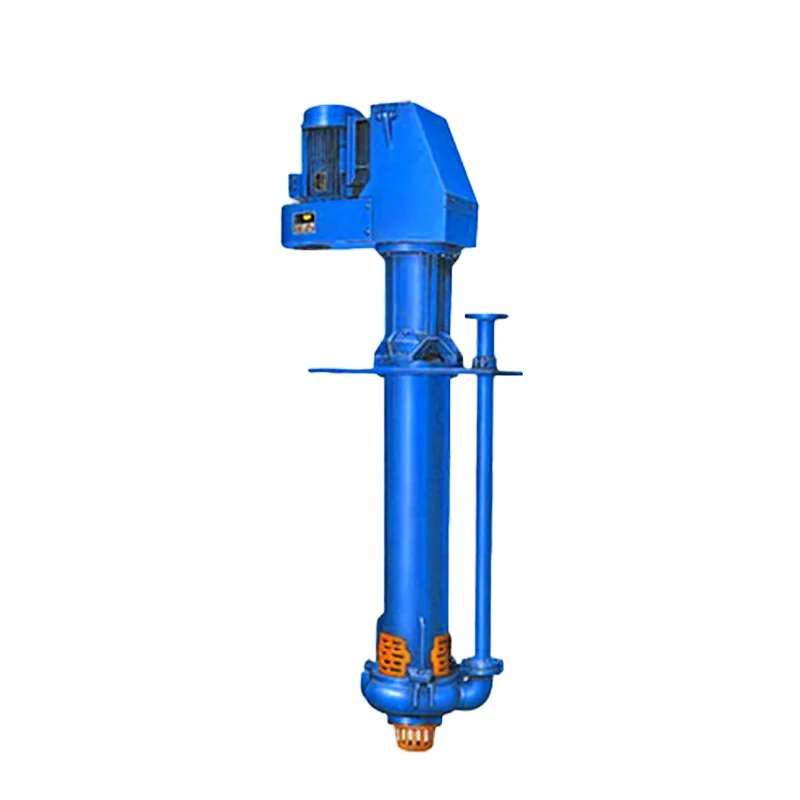
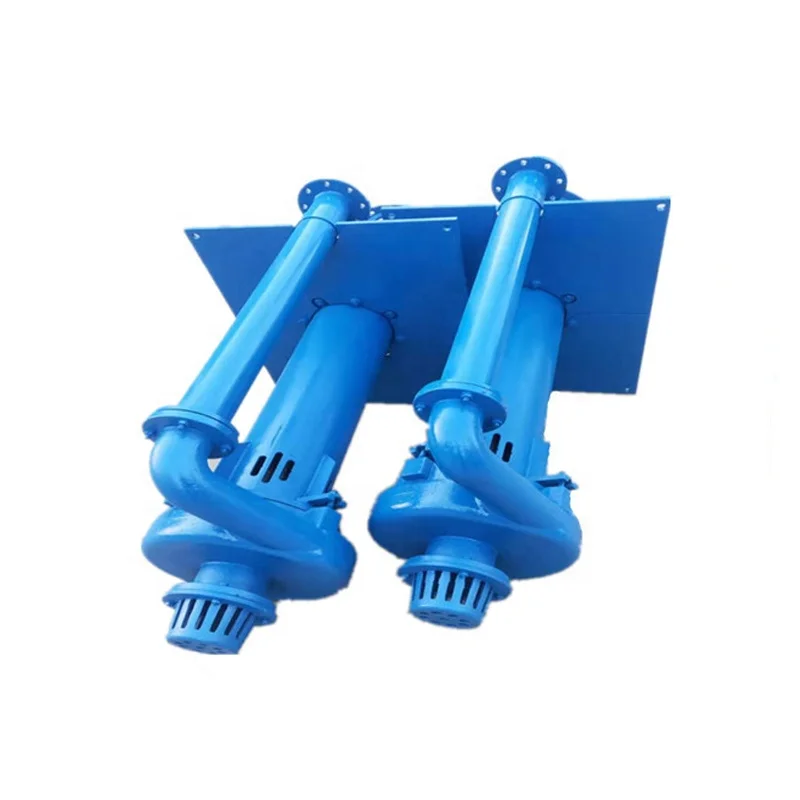




Please login to write a comment after